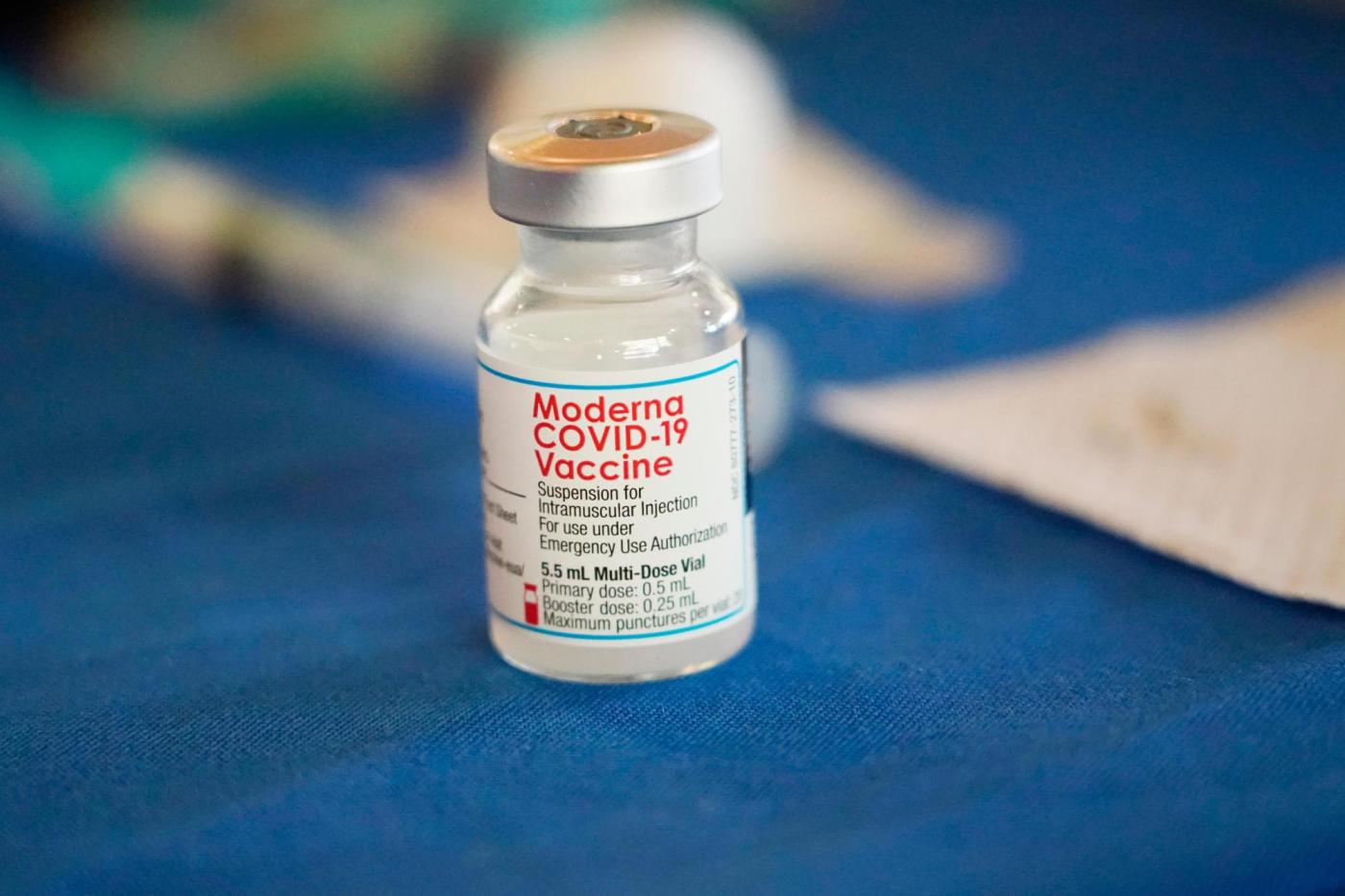
As you prepare for summer vacation, road trips and long weekends at the beach, you might consider packing an old — but hopefully not expired — COVID test. Along with the temperature, the virus is once again on the rise.
The newest variant, NB.1.8.1, also known as Nimbus, is now widespread in California and across the United States. The new variant comes with increased transmissibility, and some are reporting an unpleasant symptom: “razor blade throat,” or a severe sore throat.
Related Articles
Two East Bay hotels file for bankruptcy as lodging market woes widen
Bay Area public health officer urges quick COVID vaccination
RFK Jr. says healthy pregnant women don’t need Covid boosters. Science says threat still meaningful
Will a summer COVID surge hit California?
Will you be able to get a COVID-19 shot? Here’s what we know so far
While the symptom is, predictably, uncomfortable, the latest variant doesn’t appear to be driving a spike in severe illness, at least not yet. “We haven’t really seen a huge uptick yet,” said Peter Chin-Hong, a UC San Francisco professor of medicine who specializes in infectious diseases.
“I think it’s coming, but it’s been relatively stable for the last three few weeks,” Chin-Hong said.
COVID levels are higher than a month ago in many places, but rates are still far from the high points during past surges, and local hospitals are not reporting an influx of patients.
While most people who get COVID will never go to the hospital, it can still be important to test if you think you have COVID. “I think if people have a severe sore throat, they should test for it, especially if they are around people who are more vulnerable, or if they are vulnerable themselves,” Chin-Hong recommends. He added that if you test positive within a few days of symptoms you can get anti-viral treatment than can shorten your illness and reduce the chance of hospitalization.
“I’ve been hearing, just anecdotally, about more people getting COVID,” said Errol Ozdalga, a clinical associate professor of medicine at Stanford, but he is not seeing the virus at the hospital. “I just came out of 14 days straight in the hospital, and I had one patient who maybe recently had a positive COVID test,” Ozdalga said.
For several years, COVID would peak most in the winter, during the regular respiratory virus season, but the biggest COVID surge in the last year in California happened in late summer, from July through September, followed by about eight months of consistently low transmission.
The lack of a winter surge this year disrupted the trend from the last several years, with COVID surging every winter and then again, but less so, in the summer. Some worry that this leaves the population with less recently boosted immunity, and thus more vulnerability to the virus.
“It is in wastewater here, including California, including the Bay Area,” said John Swartzberg, clinical professor emeritus at the UC Berkeley School of Public Health. While this variant is rapidly emerging, accounting for an estimated 37% of cases in the country as of early June, it is also a sub-variant of the variant on which the most recent vaccine was developed. “It’s in that same lineage, but it does appear to have greater transmissibility,” Swartzberg said.
Wastewater data in Santa Clara County shows levels of the virus have risen, reaching “high” levels in San Jose in early June. Data from around the state also shows increased spread of the virus in recent weeks.
COVID has been at a “medium” level, according to data from the Cal-SuWers Network that the California Department of Public Health uses to track COVID and other pathogens in wastewater. The statewide wastewater monitoring network says levels in the Golden State are at a plateau.
As of June 13, the sewersheds being monitored in the East Bay, including in Richmond, central Contra Costa County and in San Leandro, were all at medium levels.
The World Health Organization (WHO) declared NB.1.8.1 a “variant under monitoring” in May of this year, after it began spreading rapidly in the spring. The report from the WHO said that while the new variant might have a slight advantage in transmission, data have not shown that it causes more severe illness than other recent variants.
“There’s plenty of immunity right now,” said Yvonne Maldonado, a professor of global health and infectious diseases at Stanford, but she would still recommend that people get a booster if they are immunocompromised.
She worries about the recent change from the Trump administration’s health officials, who are no longer recommending the COVID vaccine during pregnancy.
“The recommendation not to give [the COVID vaccine] to pregnant women is, I think, not a good idea,” she said.
The usual plans for next fall’s COVID and flu vaccines are still up in the air, concerning many infectious disease experts.